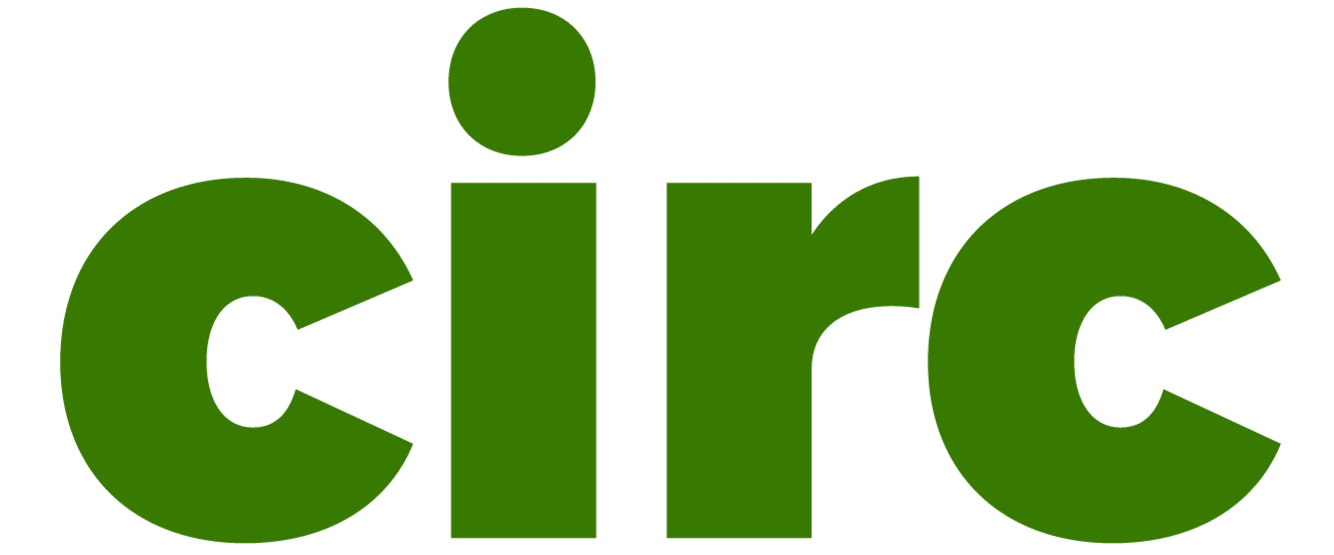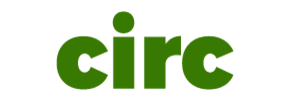While setting leadership goals is an essential step toward growth, reaching those goals requires aligning them with intentional, consistent habits. Without this alignment, even the most inspiring goals can remain out of reach. Whether you’re aiming to build trust, foster innovation, or strengthen your team’s collaboration, success lies in how well your daily actions support your long-term vision.
Aligning one’s leadership habits with leadership goals involves a deliberate process, including self-reflection, that unfolds in the steps below:
1. Define and Clarify:
- Define:
- Habit: a regular tendency or practice, especially one that is hard to give up
- Goal: the object of a person’s ambition or effort, something that is aimed for or has a desired result
- Clarify:
- Clarify leadership goals by defining them: Understand what you want to achieve as a leader. This could include inspiring teams, fostering innovation, improving communication, or building trust. Ensure your goals are specific, measurable, and time-bound (SMART goals).
- Identify the “why”: Understand why these goals are important to you and your organization. This ensures your leadership goals are purposeful and provide intentional direction.
2. Assess:
- Assess current leadership habits:
- Evaluate your current practices by reflecting on your daily behaviors, decision-making processes, communication styles, and how you interact with your team members. One needs to determine whether the habits are contributing to the identified goals or if they need to be altered.
- Ask colleagues for feedback regarding your leadership style to ensure alignment and efficiency. Honest feedback can assist in highlighting areas where current habits may not align with desired leadership outcomes.
3. Identify:
- Identify key leadership behaviors to develop that include a focus on growth areas. For example, if a goal is to increase team collaboration, focus on active listening, provide opportunities for regular check-ins, and team-building activities.
- Cultivating self-awareness includes being aware of your strengths and areas of improvement to help identify where adjustments are needed.
4. Establish:
- Creating routines helps develop habits that are aligned. For example, if you have a goal to become more empathetic, you may want to consider setting a habit of regularly checking in with team members on a personal level and expanding your practice of active listening.
- Working toward SMART goals involves breaking goals into small management steps that can be intentionally integrated into your daily routine. For example, if a goal is to improve decision-making, a small habit could include spending a dedicated amount of allocated time weighing the pros and cons of the decision.
5. Accountability:
- It is imperative to know that habits take time to form. Ensuring one is consistently practicing new habits every day. Over time, they become ingrained into routine and can lead to long-term success.
- Monitoring how well one is aligned to leadership habits and goals involves measuring with accountability in mind. Using tools like journaling or checklists to track progress and adjust as needed could be helpful.
6. Reflect and Adjust:
- Regularly review progress toward both habits and goals to ensure you are moving in the correct direction. Adjust where necessary and revisit steps as necessary.
- Recognize the positive changes in your leadership habits and celebrate the progress made. Share these accomplishments accordingly with stakeholders. This can help maintain motivation and reinforce the connection between habits and goals as well.
By aligning your habits with your leadership goals, you can create a strong foundation for personal growth in addition to organizational success. This process is dynamic, and as your leadership evolves, so too will your habits and goals.
About the Author
Dr. Bridget Chaves holds a Doctoral Degree in Leadership and Innovation as well as a Master of Education in School Leadership and Instruction. With a background in educational leadership roles, Dr. Chaves is currently the superintendent of Mildford School District and the Director of Student Learning.


